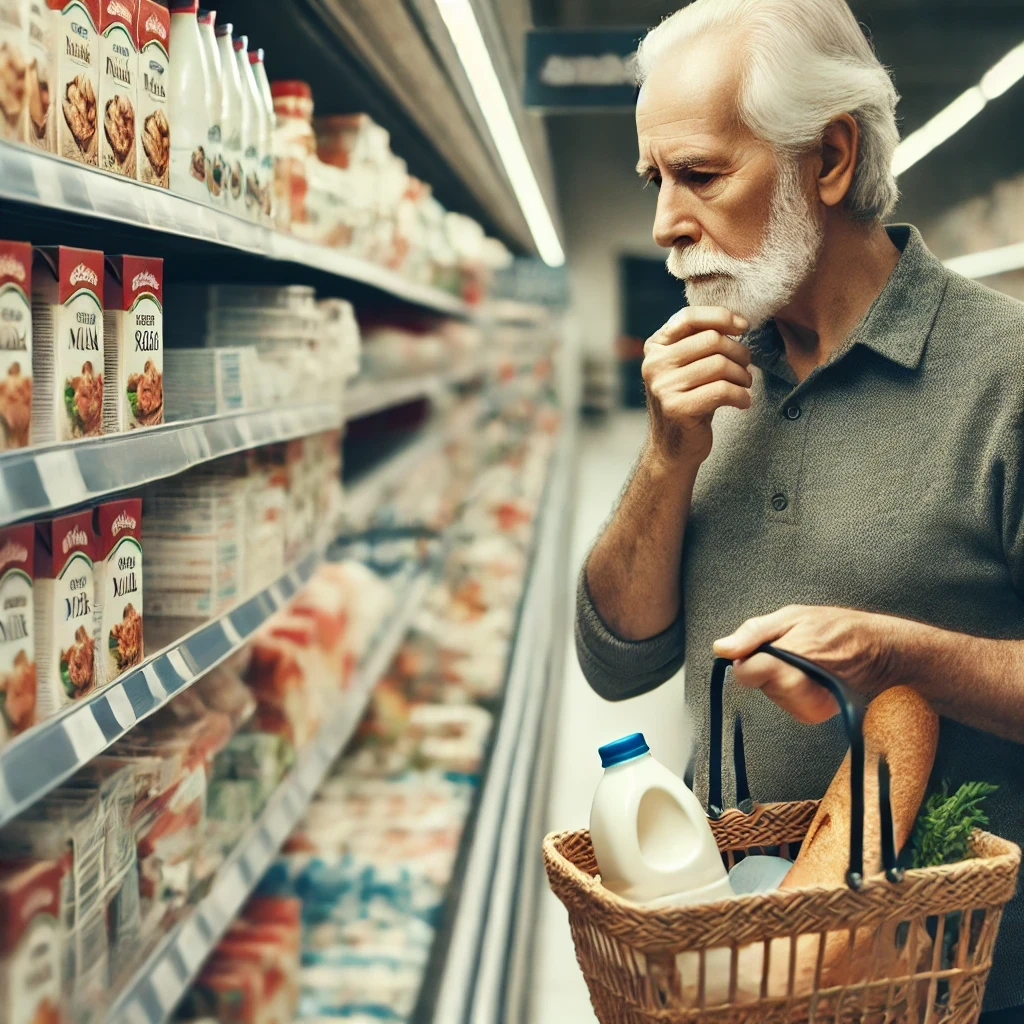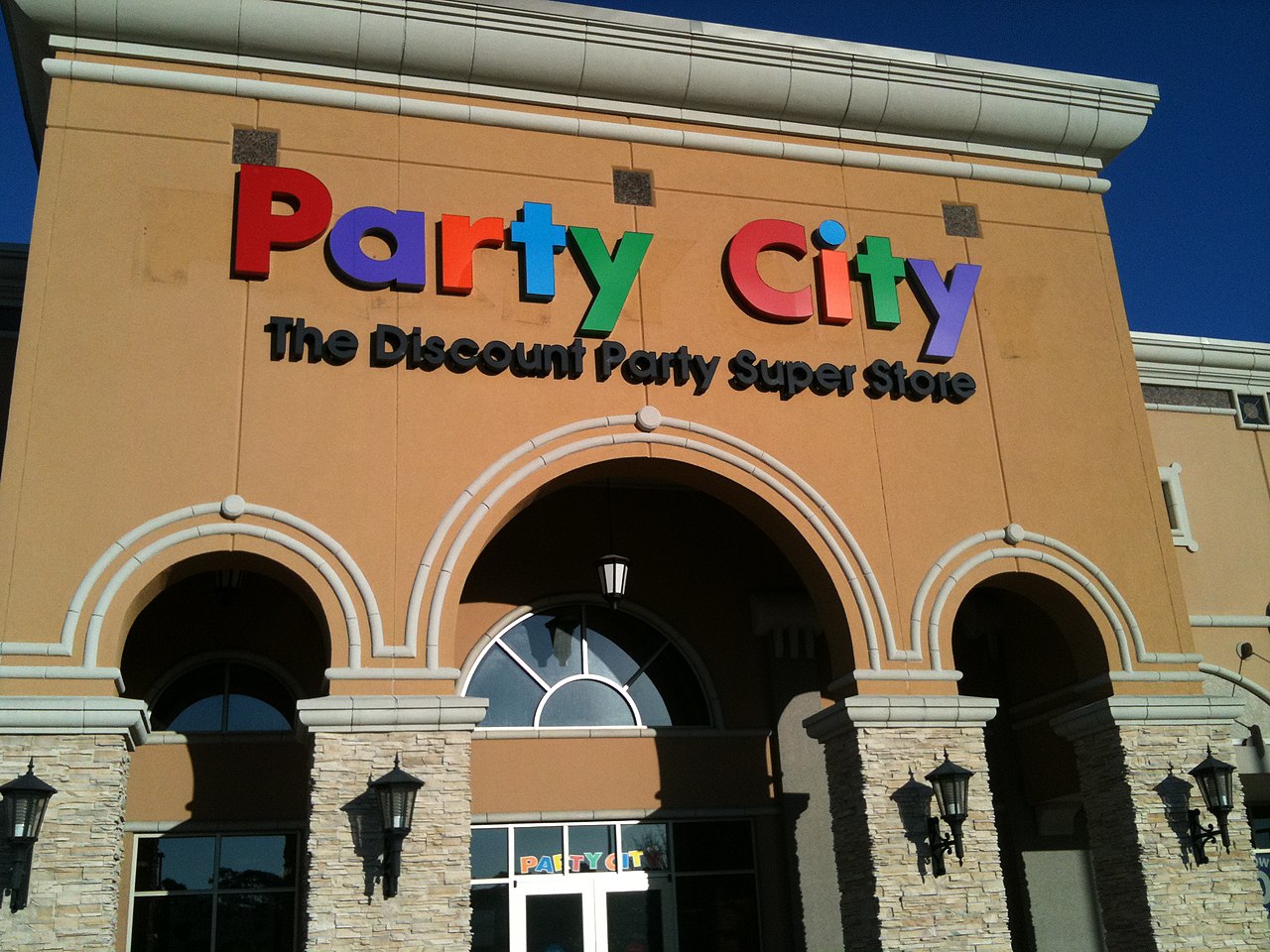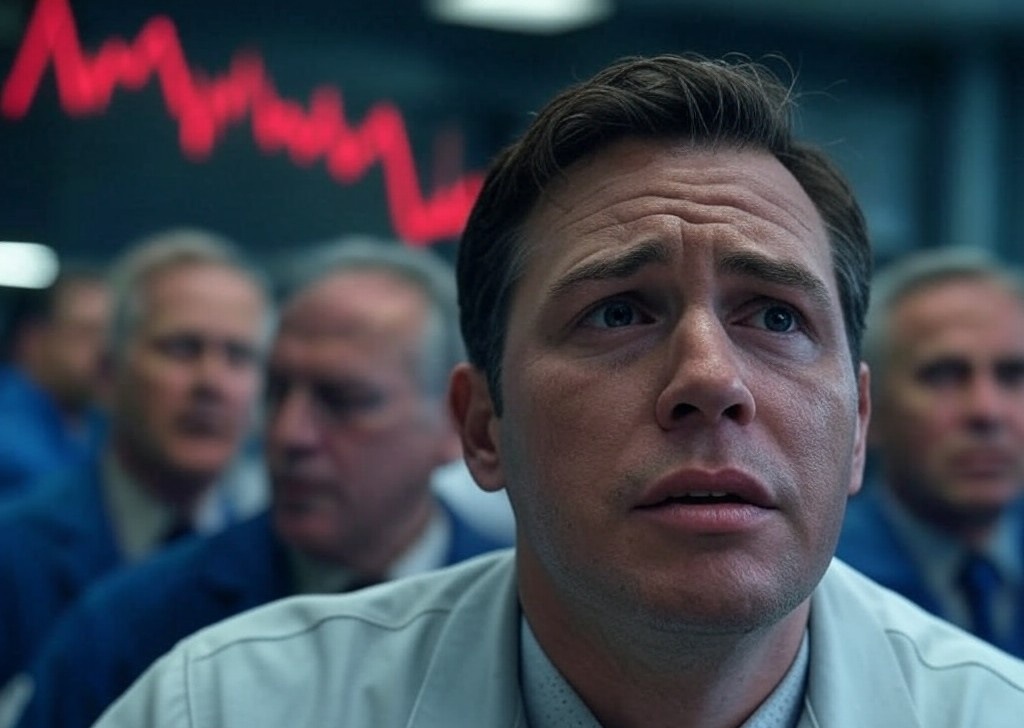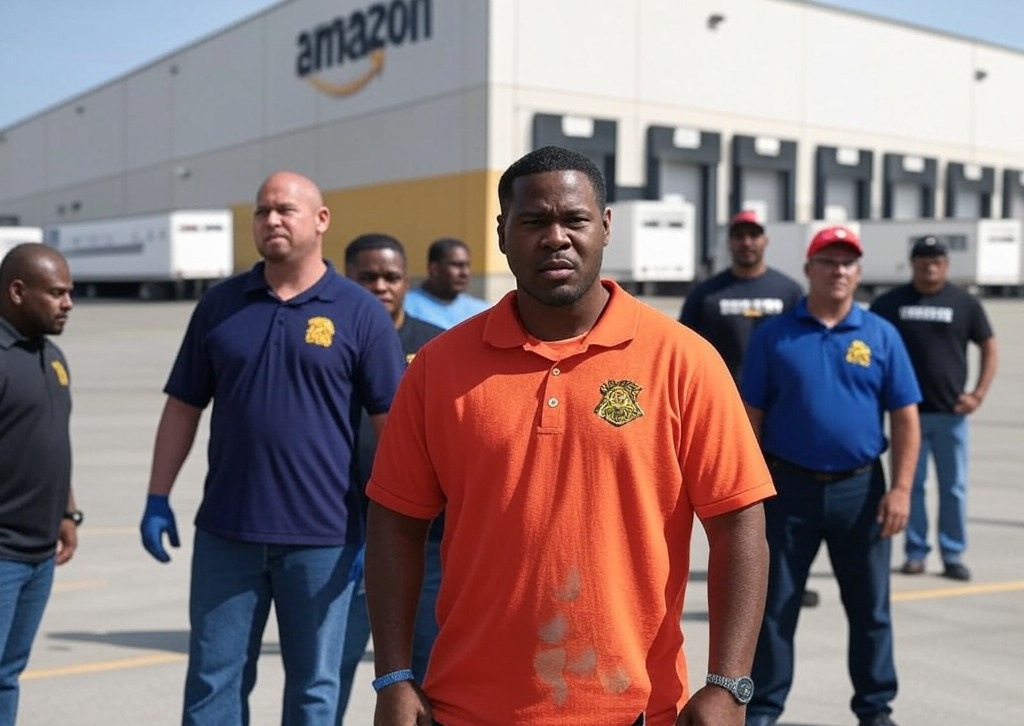Many older people in the United States are finding that their Social Security payments are not enough to cover basic food costs. Although Social Security benefits are supposed to increase each year to help with rising prices (this increase is called a cost-of-living adjustment, or COLA), these increases are not keeping up with how much more expensive things are getting, especially food. The gap between what seniors receive and what they need to spend is widening, creating a serious issue for those relying heavily on these benefits.
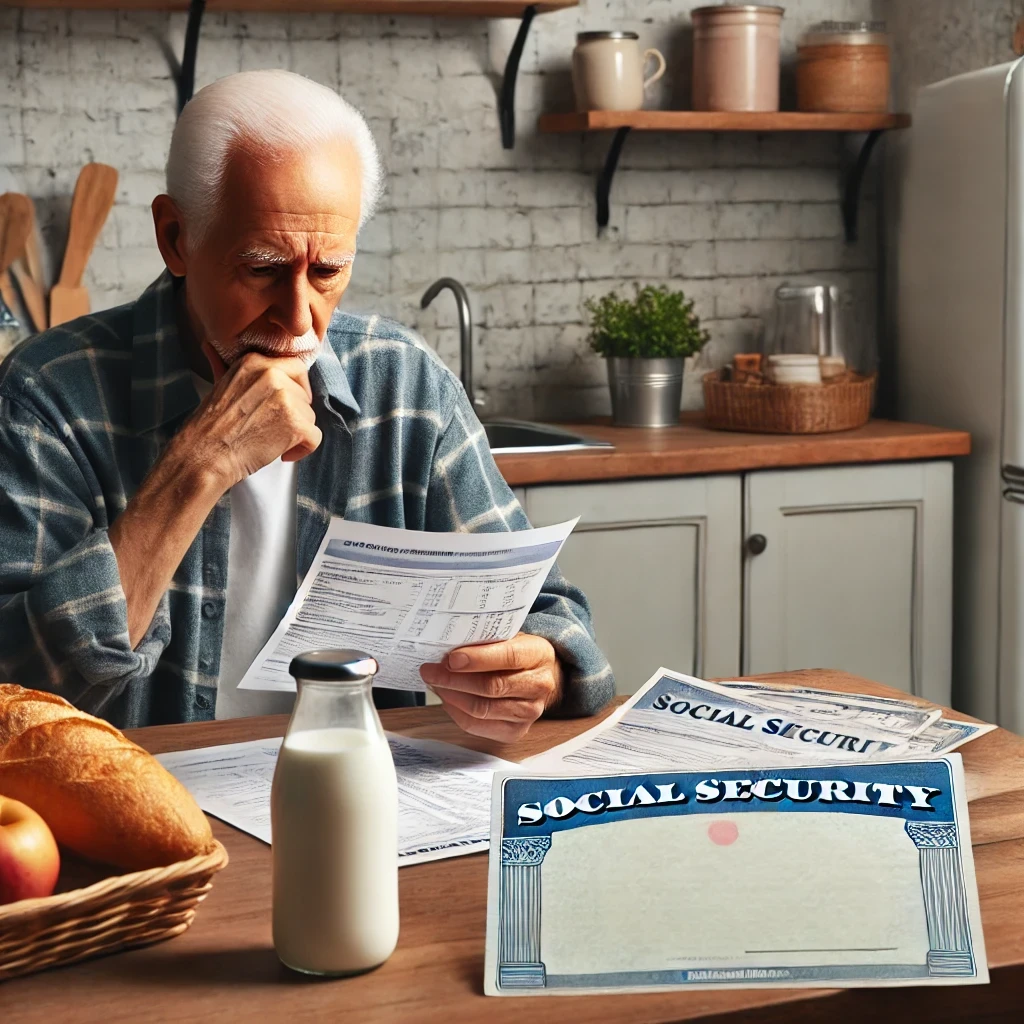
For example, in 2024, Social Security payments will go up by 3.2%, which means most people will get about $59 more each month. But prices for many basic items, like groceries, have gone up even more. Over the past few years, food prices have increased significantly. For instance, the cost of bread has nearly doubled, and the price of ground beef has gone up by about 73%. This means that even with the extra money, many seniors still can’t afford to buy the same amount of food they used to, forcing them to cut back on essential purchases.
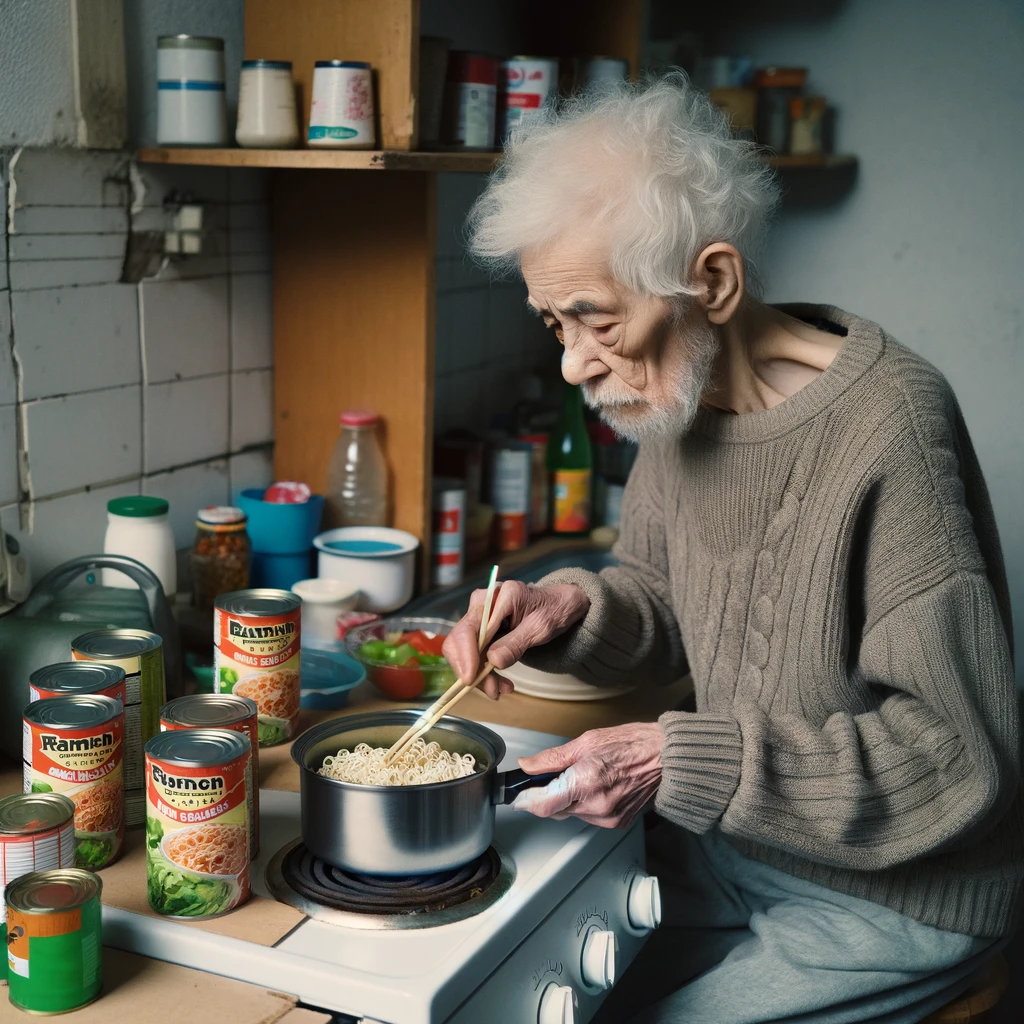
Other essential items have also seen steep price increases. The price of eggs, for example, has more than doubled in some areas over the past few years. Milk, a staple for many households, has also seen a significant increase, rising by around 50% in some regions. These price hikes mean that seniors are paying more for less, which puts an even greater strain on their already limited budgets.

Many older adults rely mostly or entirely on Social Security to pay for their needs. In fact, around 40% of older Americans rely solely on Social Security for their income. That works out to about 22.4 million seniors who are dependent on Social Security as their only source of income. This reliance is particularly challenging when inflation causes prices to rise faster than Social Security benefits. As a result, many seniors are forced to make tough choices. Some might skip meals or buy cheaper, less healthy foods. Others might even have to go back to work, even though they thought they were done working when they retired.
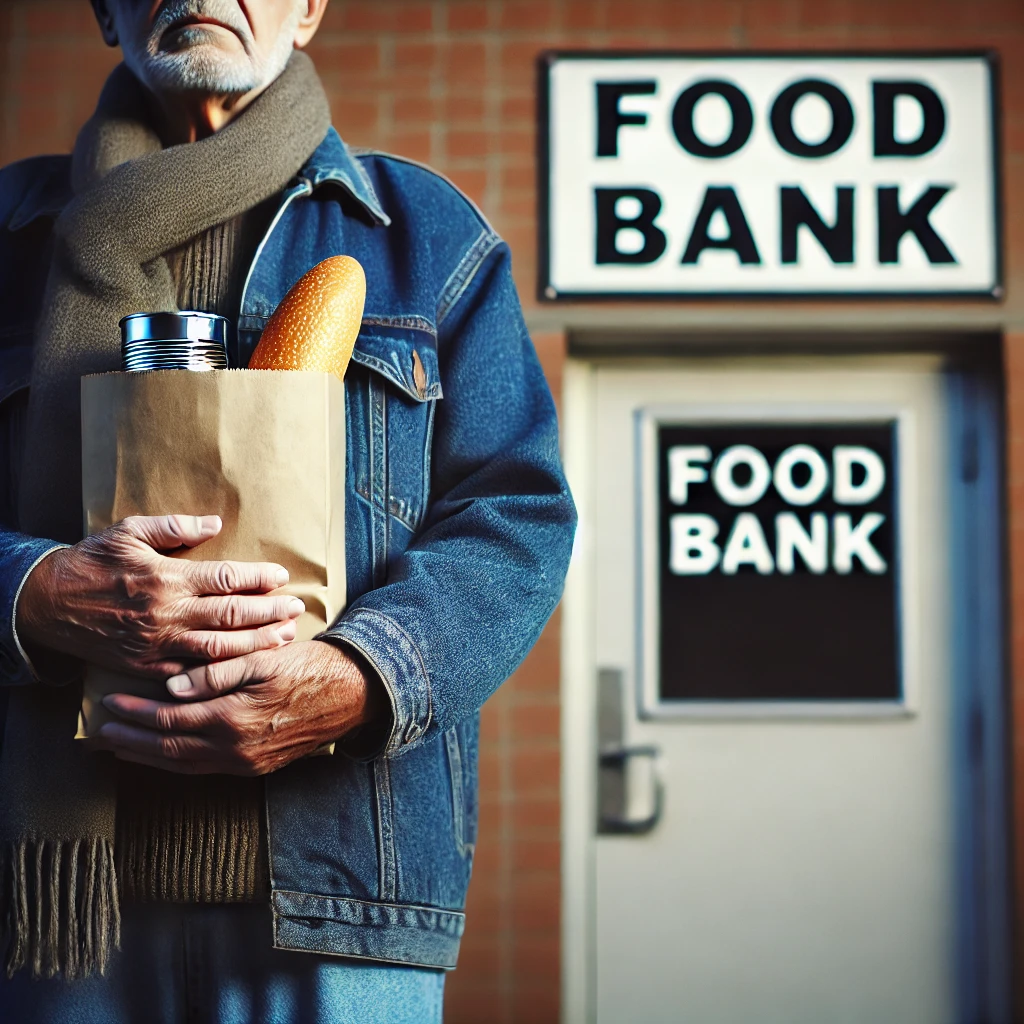
In some cases, seniors are turning to food banks to help make ends meet. Food banks across the country have reported an increase in the number of older adults seeking assistance. For many, this is the first time they have had to ask for help, highlighting just how difficult the situation has become. The rising cost of food and other essentials has left them with no other option.

Health care costs, which are often significant for older adults, have also been rising, further squeezing their budgets. Prescription medications, doctor visits, and other medical expenses have all become more expensive, leaving less money available for other necessities like food. Some seniors are even cutting back on their medications to save money, which can have serious health consequences.
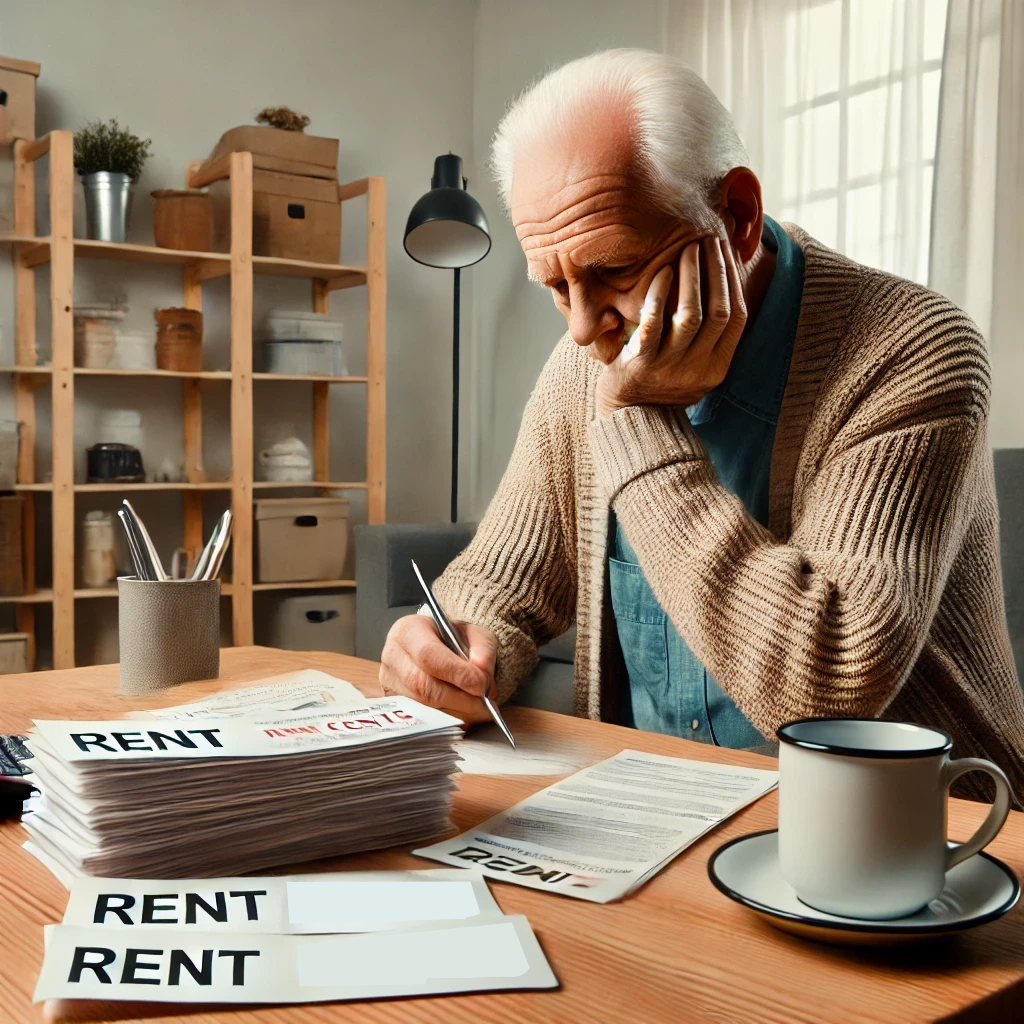
Housing costs are another major issue for seniors on fixed incomes. Rent prices have increased in many areas, and for those who own their homes, property taxes and maintenance costs can add up quickly. With Social Security benefits not keeping pace with these rising costs, many older adults are finding it harder to make ends meet each month.

Transportation costs have also gone up, with gas prices rising significantly over the past few years. For seniors who rely on their cars to get to the grocery store, doctor appointments, or social activities, this is another added burden. Some have had to cut back on driving or even sell their cars because they can no longer afford to keep them running.

The situation is even more challenging for those who live alone. Single seniors, especially women, are often more financially vulnerable because they don’t have a partner’s income to rely on. Many of these individuals are already living on tight budgets, and the rising costs of basic necessities are pushing them closer to the edge.

While Social Security is meant to help people keep up with the cost of living, many seniors are finding that it’s just not enough to cover the rising cost of food and other basic needs. The increases in Social Security benefits have not kept pace with inflation, leaving many older adults struggling to afford the essentials they need to live. This growing gap between income and expenses is a serious issue that needs to be addressed to ensure that seniors can live with dignity and security in their later years.

